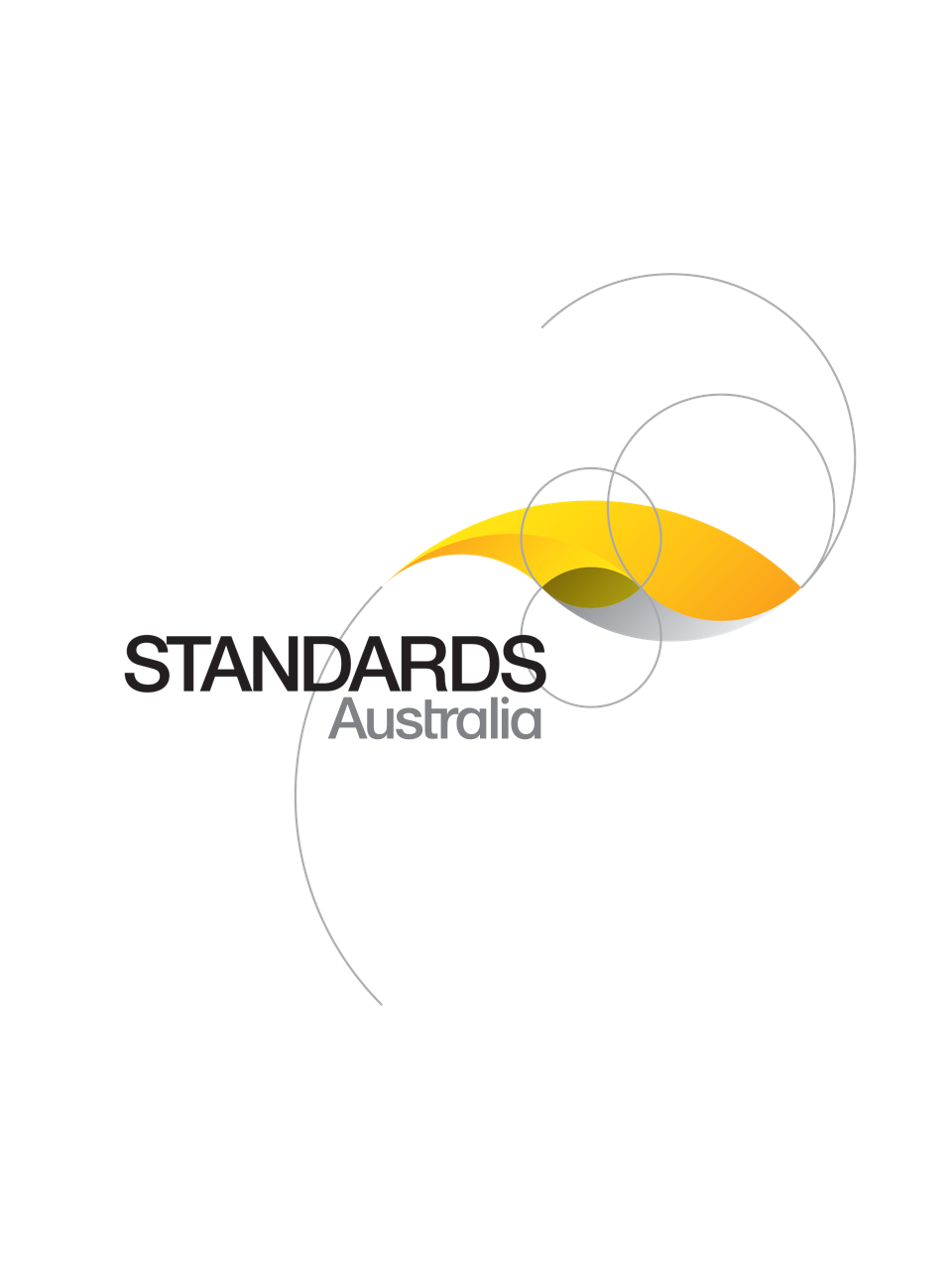Standard
Track updates
AS/NZS ISO 6709:2023
[Current]Standard representation of geographic point location by coordinates
AS/NZS ISO 6709:2023 identically adopts ISO 6709:2022 which specifies the representation of latitude and longitude and optionally height or depth compatible with previous editions of AS/NZS ISO 6709. This document also supports the representations of other coordinate types and time that can be associated with those coordinates as defined through one or more coordinate reference systems (CRS).
Published: 17/02/2023
Pages: 35
Table of contents
Cited references
Content history
Table of contents
Header
About this publication
Preface
Foreword
Introduction
1 Scope
2 Normative references
3 Terms and definitions
4 Abbreviated terms and character code notations
4.1 Abbreviated terms
4.2 Character code notations
5 Conformance
6 Geographic point location (GPL) representation
6.1 Overview
6.2 Component representation
6.3 Coordinate tuple
6.4 Character string delimiters and terminator notation
6.5 CRS identifier structure
6.6 Text string representation
6.6.1 Background
6.6.2 Formatting rules for angular measures
6.6.2.1 Background
6.6.2.2 Latitude
6.6.2.3 Longitude
6.6.2.4 Coordinate resolution
6.6.3 Component structure
7 Human-readable GPL representation
7.1 Overview of human-readable GPL representation
7.2 General requirements of human-readable GPL representation
7.3 Formatted examples of human-readable text strings
Annex A
A.1 General
A.2 Abstract test suite for conformance for geographic point location representation based on a specific CRS
A.2.1 Test case identifier: Components required for a geographic point location representation
A.2.2 Test case identifier: Structure of a point location representation
A.2.3 Test case identifier: Unambiguous human-readable representation
A.3 Abstract test suite for conformance for backwards compatible representation of geographic point location
A.3.1 Test case identifier: Elements required for a geographic point location
A.3.2 Test case identifier: Representation of horizontal position
A.3.3 Test case identifier: Representation of vertical position
A.3.4 Test case identifier: CRS identification
A.3.5 Test case identifier: Text string representation
A.3.6 Test case identifier: Human-readable representation
Annex B
B.1 Overview
B.2 Elements required for geographic point location
B.3 Representation of horizontal and vertical positions
B.3.1 Horizontal position
B.3.2 Vertical position
B.4 Coordinate reference system identification
B.5 Text string representation
B.5.1 General
B.5.2 Angular formatting rules
B.5.3 Height or depth
B.5.4 Coordinate reference system identifier structure
B.5.5 Format
B.5.6 Formatted examples
B.6 Human-readable representation
B.6.1 Overview of human-readable representation
B.6.2 General requirements of human-readable representation
B.6.3 Formatted examples of human-readable text strings
Annex C
Annex D
Annex E
E.1 List of changes compared to ISO 6709:2008 (previous edition)
E.2 Differentiation of GPL representations between editions
E.3 Cultural and language adaptability
Annex F
F.1 Character code notations
F.2 Encoding recommendations
Bibliography
Cited references in this standard
[Current]
Date and time — Representations for information interchange — Part 1: Basic rules
[Current]
Date and time — Representations for information interchange — Part 2: Extensions
[Current]
Geographic information — Well-known text representation of coordinate reference systems — AMENDMENT 1
One-time Purchase
Access via web browser on any device
One-time purchase
Single publication
Offline access via PDF^
$175.82 AUD
Inclusive of GSTFormat *
Web Reader
Licenses *
1 License (for yourself - not shareable)
Total$175.82 AUD
IMPORTANT
